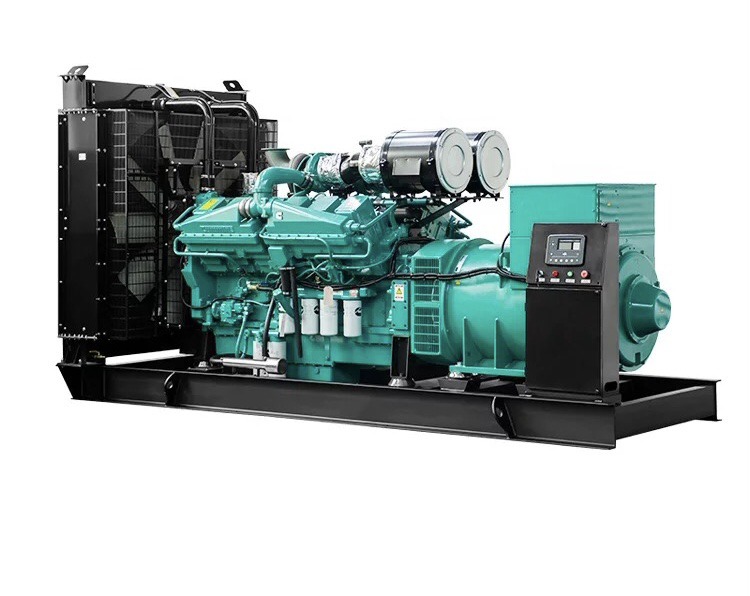As an emergency power source, diesel generator need to work uninterrupted for a long time during use. With such a large load, the temperature of the generator become a problem. To maintain good uninterrupted operation, the temperature must be kept within a tolerable range. Within this, so we should understand the temperature requirements and cooling methods.
1. Temperature requirements
According to the different insulation grades of diesel generators, the temperature rise requirements are different. In general, the temperature of the stator winding, field winding, iron core, collector ring are about 80°C when the generator is in operation. If it exceeds, it is The temperature rise is too high.
2. Cooling
Different types and capacities of generators have different cooling modes. However, the cooling medium used is generally air, hydrogen, and water. Take the turbine synchronous generator as an example. Its cooling system is closed, and the cooling medium is used in circulation.
① Air cooling
Air cooling uses a fan to send air. Cool air is used to blow the end of the generator winding, the generator stator and rotor to dissipate heat. The cold air absorbs heat and turns into hot air. After merging, they are discharged through the air duct of the iron core and cooled by a cooler. The cooled air is then sent to the generator to be recycled by a fan to achieve the purpose of heat dissipation. Medium and small synchronous generators generally use air cooling.
② Hydrogen cooling
Hydrogen cooling uses hydrogen as the cooling medium, and the heat dissipation performance of hydrogen is better than that of air. For example, most turbo generators use hydrogen for cooling.
③ Water cooling
Water cooling adopts the stator and rotor double water internal cooling method. The cold water of the stator water system flows from the external water system through the water pipe to the water inlet ring installed on the stator, and then flows to the coils through the insulated pipes. After absorbing heat, it is collected by the insulated water pipe to the water outlet ring installed on the frame. It is then discharged into the water system outside the generator for cooling. The cooling of the rotor water system first enters the water inlet support installed at the side shaft end of the exciter, and then flows into the central hole of the rotating shaft, flows along several meridional holes to the water collecting tank, and then flows to the coils through the insulating tube. After the cold water absorbs heat, it flows into the outlet tank through the insulated pipe, and then flows to the outlet support through the drain hole on the outer edge of the outlet tank, and is led out by the outlet main pipe. Since the heat dissipation performance of water is much higher than that of air and hydrogen, new large-scale generator generally adopt water cooling.
Post time: Aug-08-2023







